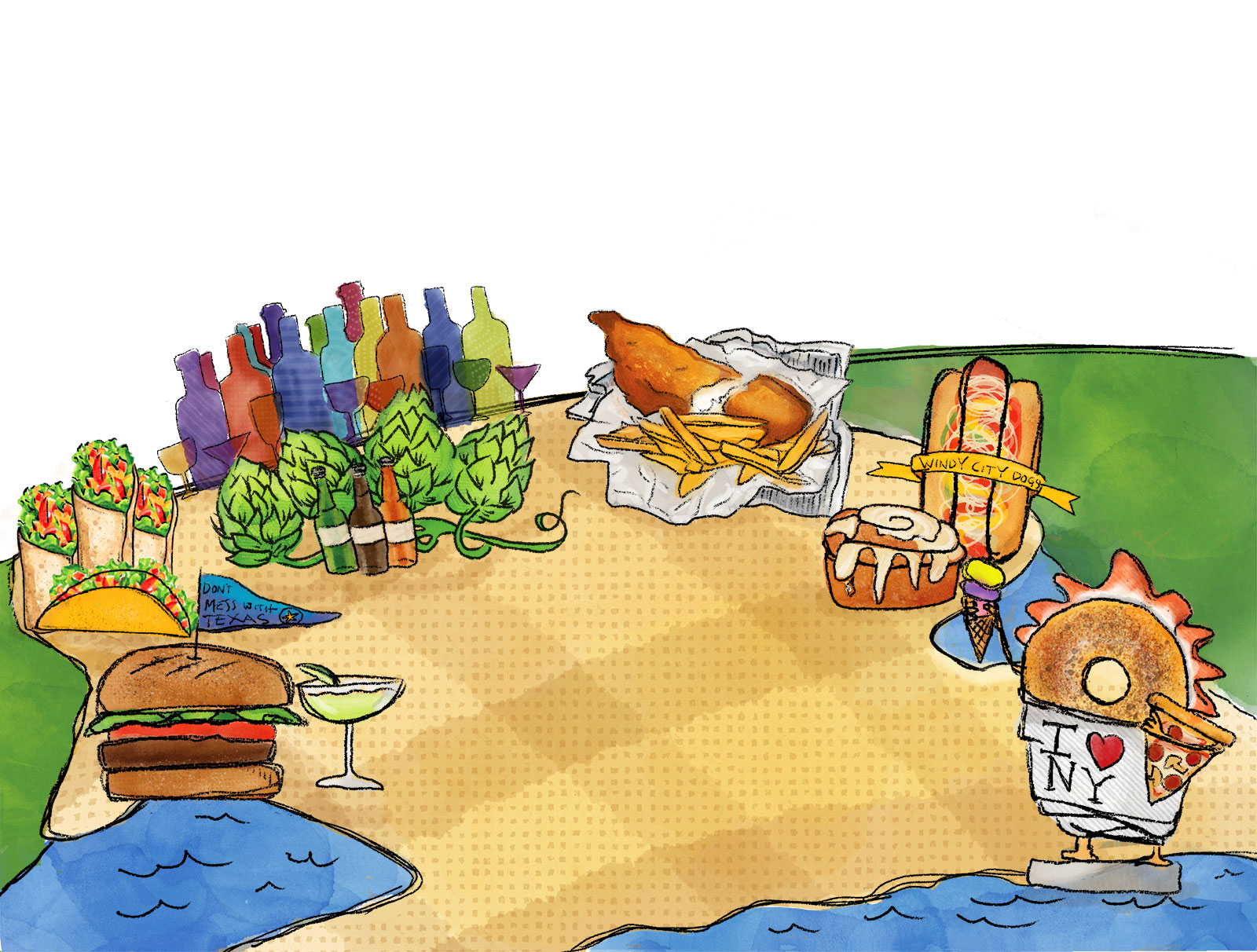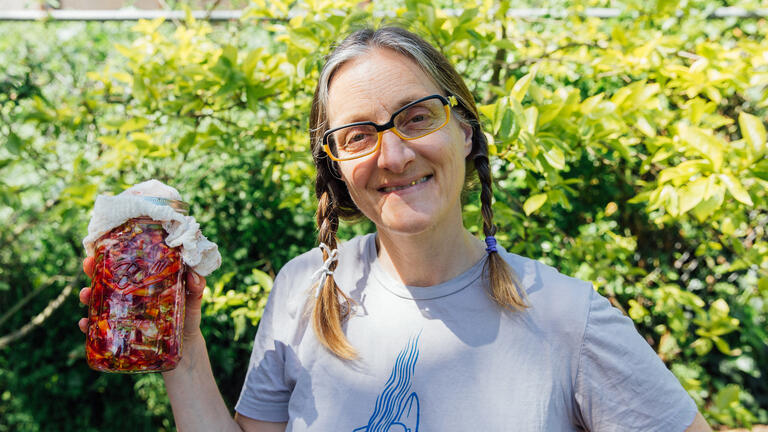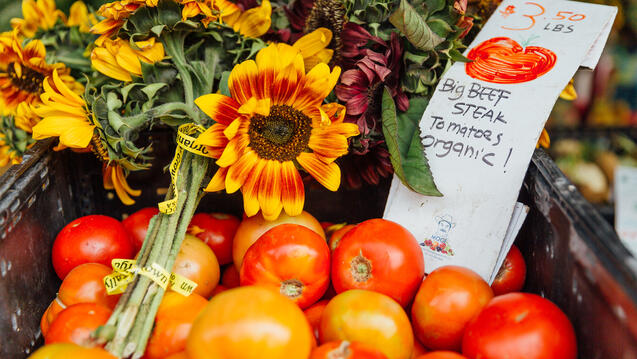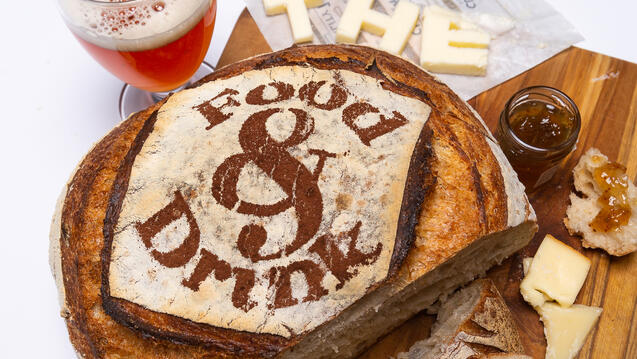

Change Agent
Novella Carpenter, adjunct professor of urban agriculture and author of the bestselling Farm City, finds transformation in fermentation.
What are you making?
Sauerkraut from cabbage and beets.
You just chop them up and you’re done?
No. They need to ferment first.
What exactly is fermentation?
Fermentation is an ancient form of cooking, but instead of using a flame, you use lactobacteria to “cook” your food. Lactobacteria are good bacteria. They break down the food and turn it sour and acidic. Sourdough bread is fermented. Beer is fermented. Coffee and chocolate and sauerkraut are fermented. It’s not just hippie food! When you eat sauerkraut, you’re putting healthy goodness in your gut. Why buy probiotic capsules when you can eat sauerkraut?
What else can you ferment?
Mustard greens. Burdock root. Kale. Milk. Oatmeal. Tomatoes for ketchup. Almost anything can be fermented, but you might not want to eat it. Natto is rotting soybeans. I think it’s disgusting, but some people like it.
How can fermentation change the world?
Lots of ways. Fermentation teaches mindfulness. A cabbage can take six months to grow, so you want to honor it by fermenting it with care. Fermentation encourages cultural understanding. When you travel, you can go to a farmers market and see what the local people ferment, like yogurt, natto, jamón Iberico. Fermentation promotes economic health. Young people at Phat Beets Pickle and Catering Company in Oakland make sauerkraut and kimchi and sell it at farmers markets — they turn a head of cabbage that costs $3 into a jar of sauerkraut that costs $8.50. Fermentation gives you a sense of accomplishment. When you chop up a cabbage, pop it in a jar with some salt, and wait a week or two, you get to say, “Hey, I made that!”

Make Your Own Cura Personalis Fire Cider
Novella Carpenter makes this tonic with her students. It's easy.
- ½ cup grated fresh horseradish root
- ½ cup or more chopped fresh onion
- ¼ cup or more chopped fresh garlic
- ¼ cup chopped fresh rosemary
- ¼ cup or more grated fresh ginger
- ¼ cup turmeric
- Chopped fresh or dried cayenne pepper to taste
Take all the ingredients and put them in a lidded jar. Cover them with apple cider vinegar. Shake jar once a week for a month, then keep it handy. Whenever you feel a cold or flu sneaking up, take a tablespoon of fire cider three times a day.


